GoodNews Launch their Short Film titled ‘Iviwe: A Glimpse into the World of Bl33D’
‘Iviwe: A Glimpse into the World of Bl33D’ is a poignant short film that offers an intimate portrait of Bl33D, a multi-talented creative force in Cape Town, South Africa. Documenting Bl33D in through an interview-style approach, this film delves into Bl33D’s life, capturing him in his element as a DJ, designer, skateboarder, model, and barista. Bl33d exemplifies what it means to be multi-hyphenated creative in the city with many modes of expressing himself.
We follow Bl33D as he heads into skate sessions, design sessions, DJing at the studio and even an intimate portrayal into his family home. We captured conversations with his two brothers, sister, and mother that provide a touching backdrop, shedding light on the supportive network that has nurtured his creativity. We hope this will serve to showcase our core mission to inspire, uplift, and empower artists like Bl33D, ensuring that their voices are not just heard, but celebrated – as well as the communities surrounding talented individuals as they rise through the ranks of their creative development.
Young creatives are crucial for our future. Their fresh perspectives, innovative thinking and adaptability bring a dynamic energy to the landscape by challenging traditional norms and pushing the boundaries of creativity. Creatives like Bl33D combine are torchbearers of cultural evolution, harnessing their visions to create groundbreaking art, design, music and more, across varying disciplines. By nurturing and supporting young creatives, we invest in a future that thrives on ingenuity, diversity, and the continuous reinvention of artistic landscapes.
IVIWE
We are GoodNews, a multimedia storytelling company driven by a singular mission – to amplify the voices of underrepresented and multifaceted creatives. Through a combination of captivating narratives and engaging content, we strive to celebrate the diverse talents that enrich the creative landscape. From music to fashion, visual arts to performance and all other forms of creativity, we believe that every story deserves to be told.
‘Iviwe: A Glimpse into the World of Bl33D’ exemplifies the essence of GoodNews Multimedia – celebrating diverse talents, breaking down barriers, and telling stories that resonate. Bl33D’s journey encapsulates the very spirit of what we aim to achieve – providing a platform for underrepresented creatives to shine. As we navigate the creative landscape, GoodNews Multimedia is committed to being a catalyst for positive change. In a world where diverse voices often struggle to be heard, GoodNews Multimedia stands as a beacon of inclusivity, shining a spotlight on the myriad talents of creatives.
We are not just a company; we are a movement, dedicated to breaking down barriers and promoting representation in the creative industry.
Join us on this incredible journey, as we continue to amplify the diverse talents that enrich our world.
Follow:
GoodNews Multimedia
Iviwe ‘Bl33D’ Yekani
A Good News Production
Starring: Iviwe “Bl33d” Yekani
Directed by: Ts’epo Adoro and Fynn Wilson
Executive Producer: Tafara Sitole
DOP: Fynn Wilson
Additional Footage: Jade Pretorius and Raeez Kilshaw
Editing: Ts’epo Adoro and Fynn Wilson
Colourist: David Nivison
Graphic Design: 5PM Studio
Sound Recordist and Composer: Lukas Urban
Additional Composer: Jacob Fine
Sound Engineering: Ts’epo Adoro
Special Thank You:
Just Between Us
The Other Radio
SoundSpeed
Pot Plant Club
Josquin Du Toit
For more news, visit the Connect Everything Collective homepage www.ceconline.co.za

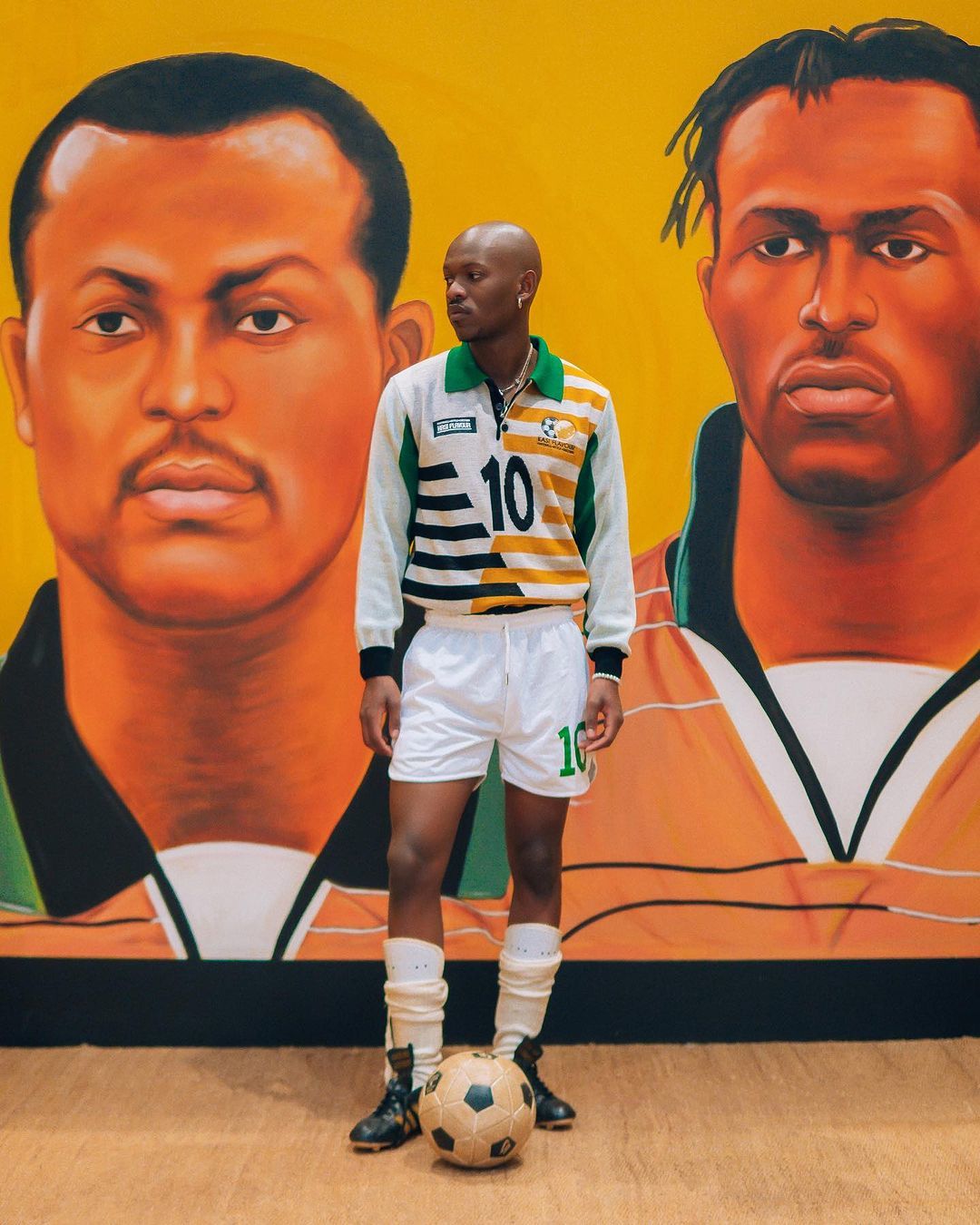
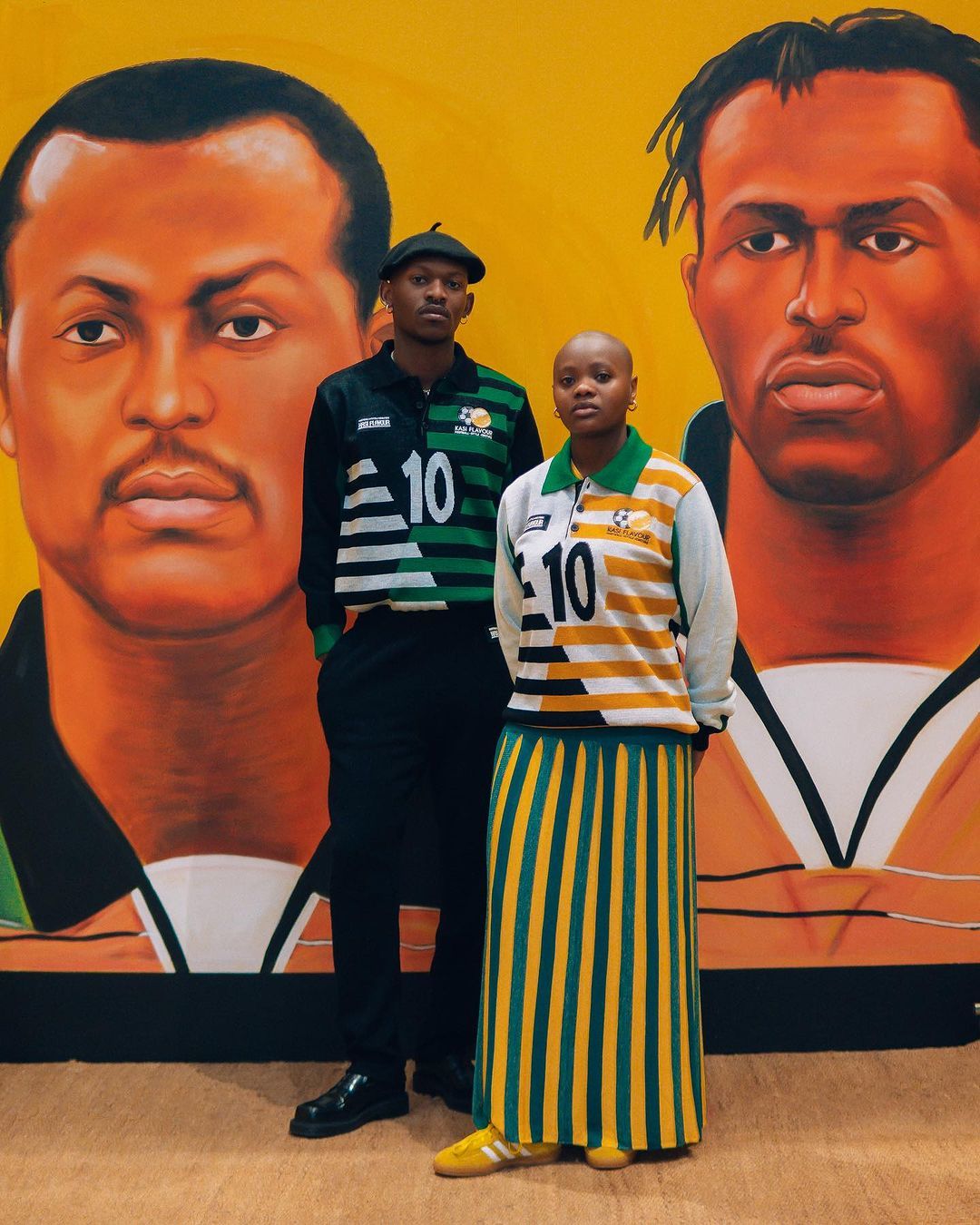
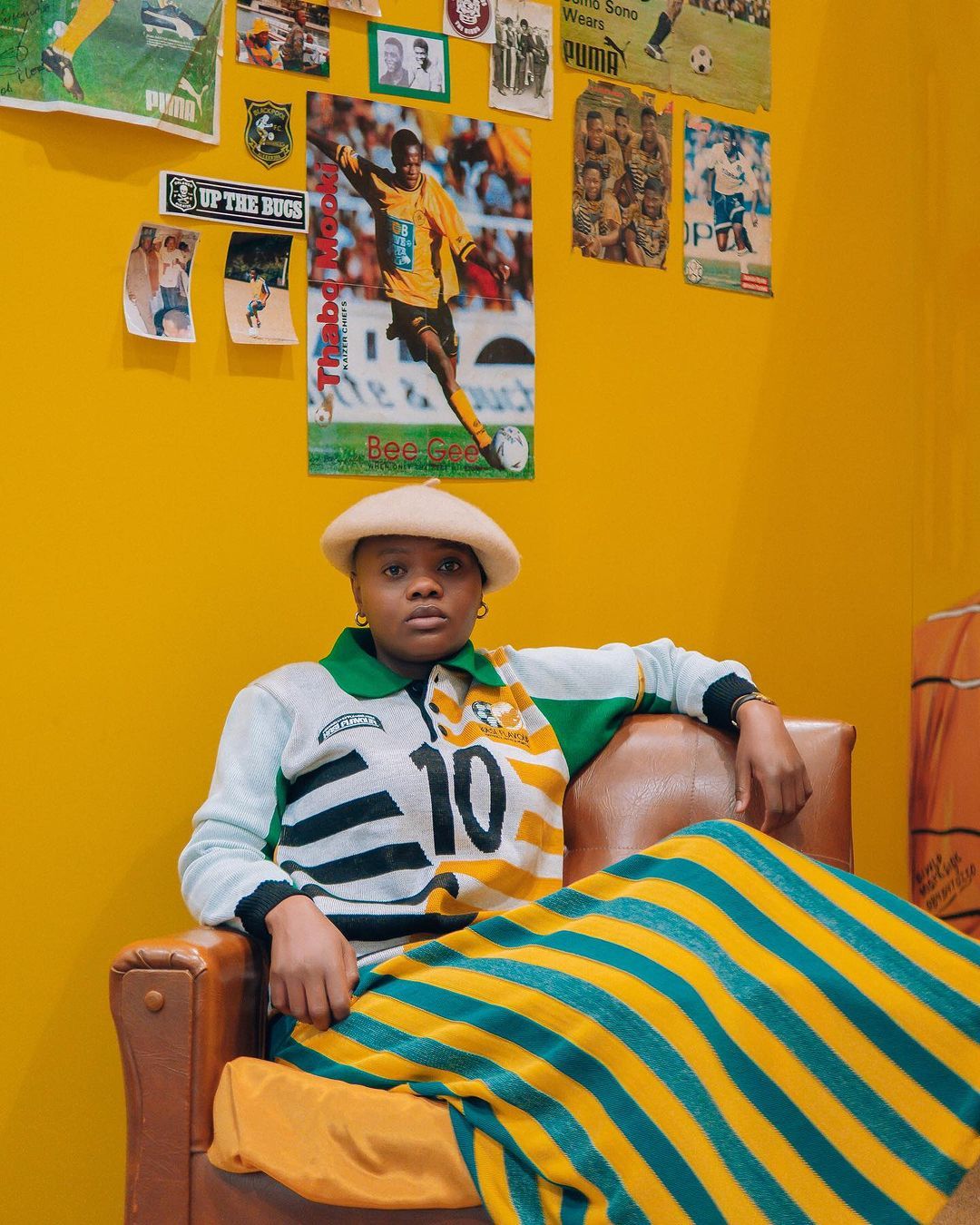
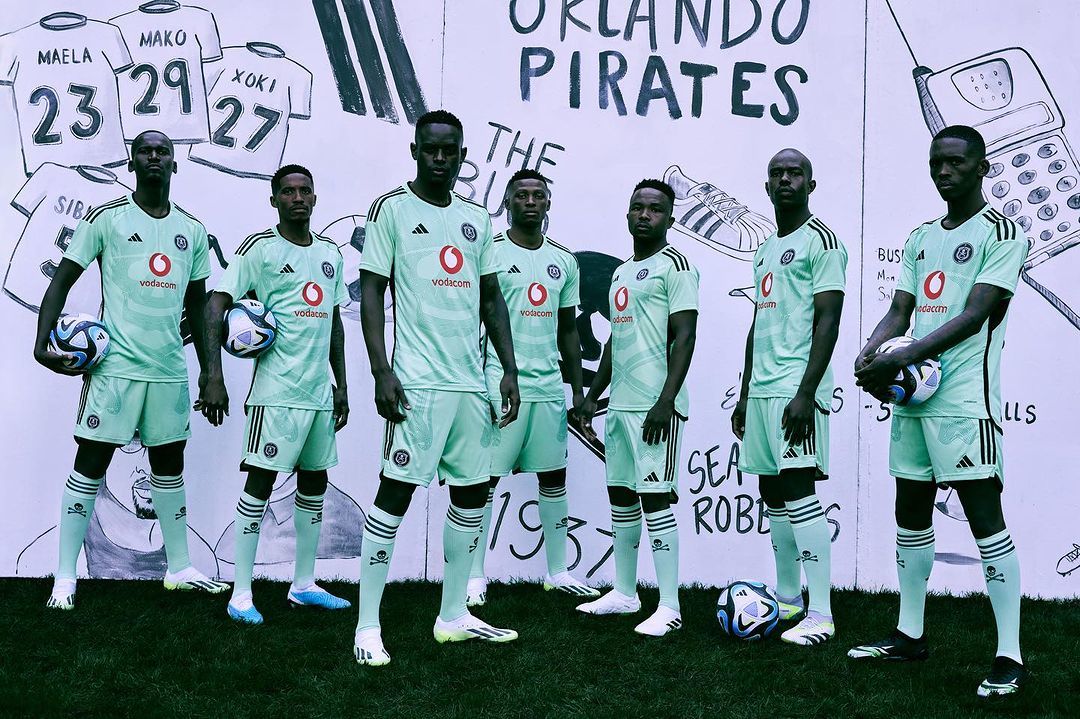
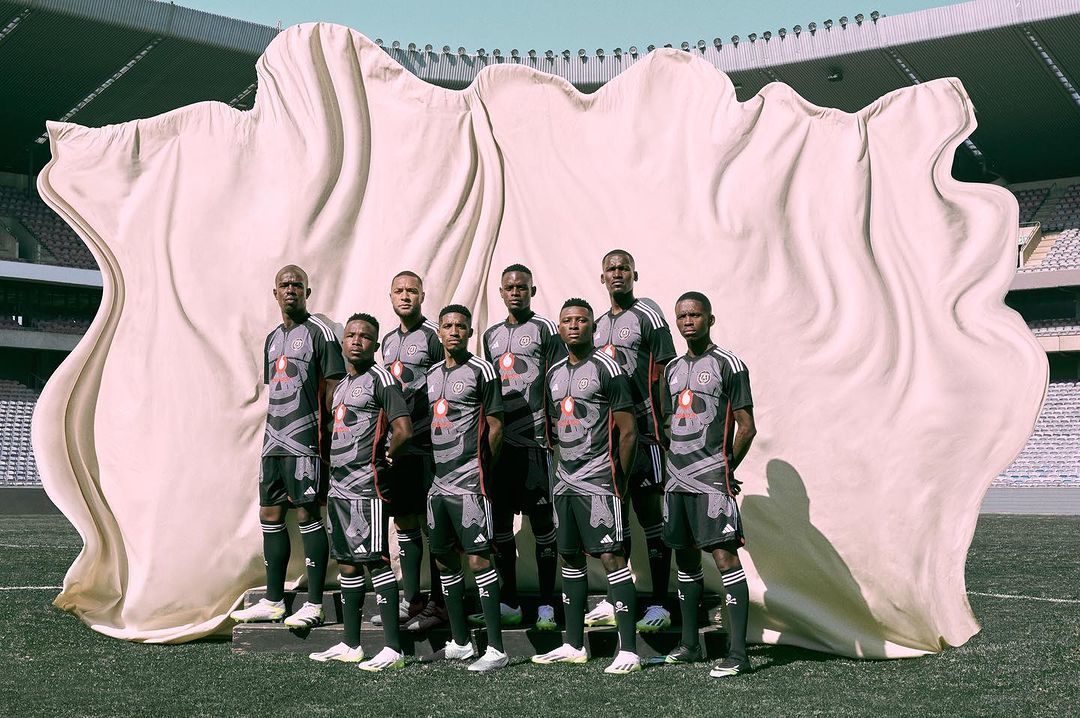

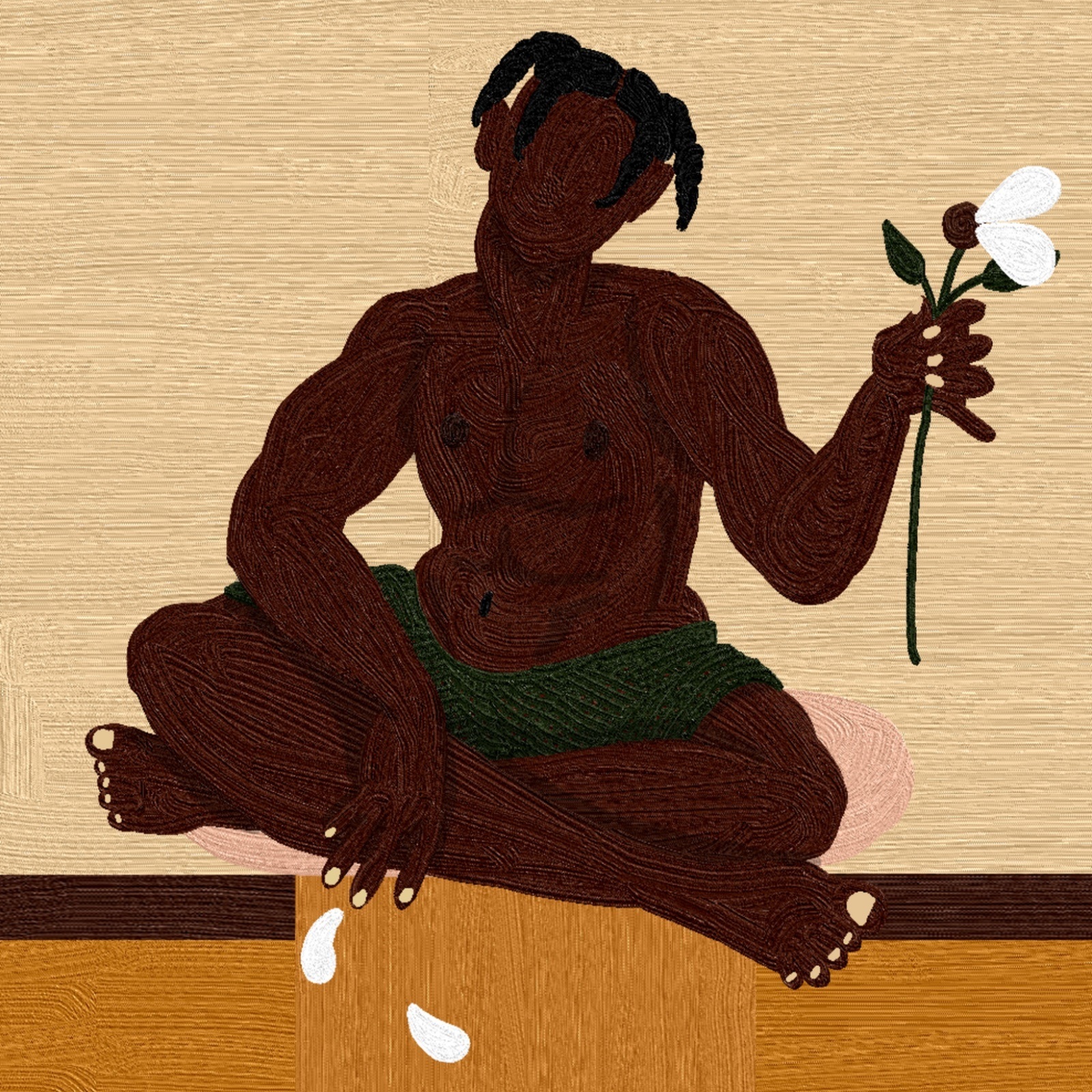
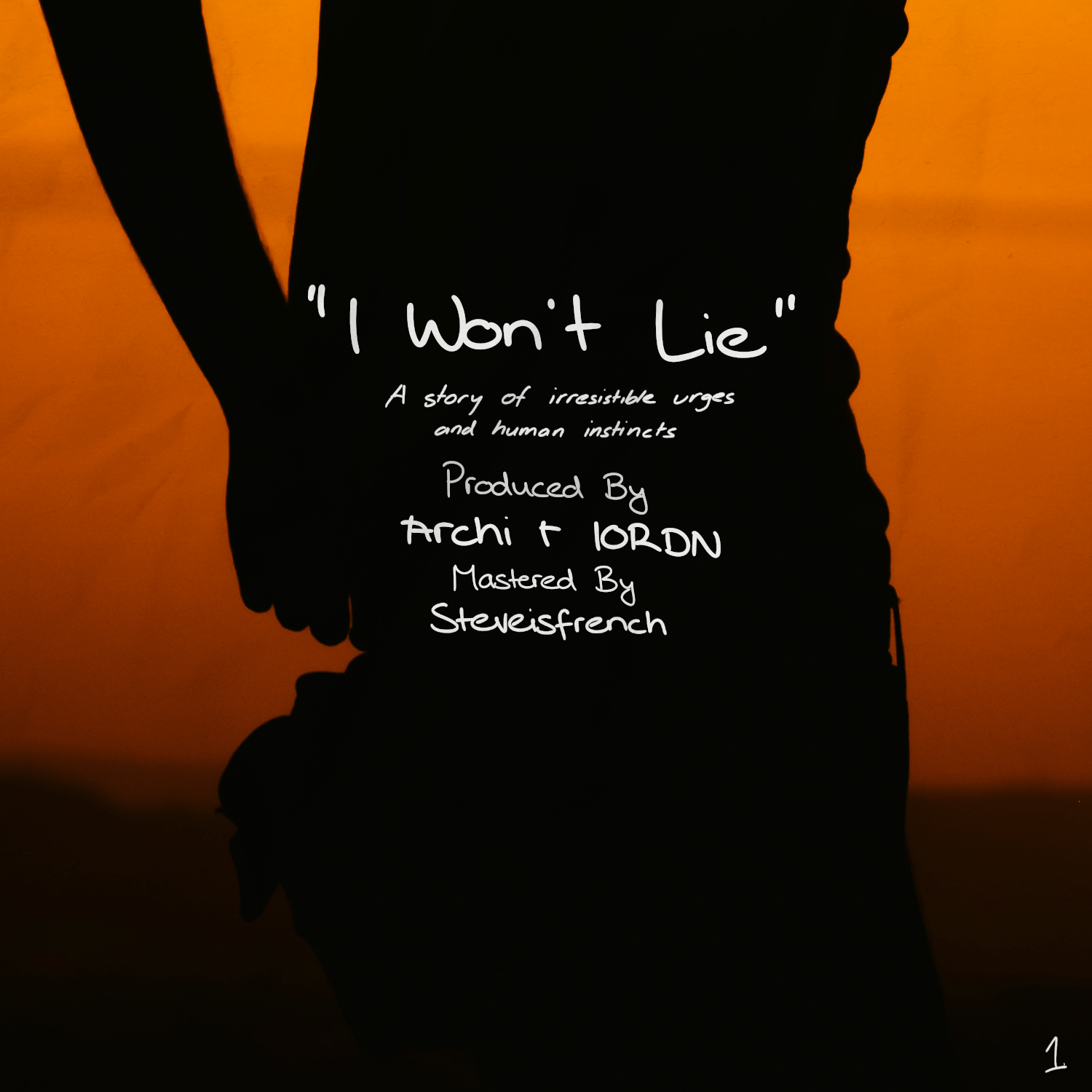

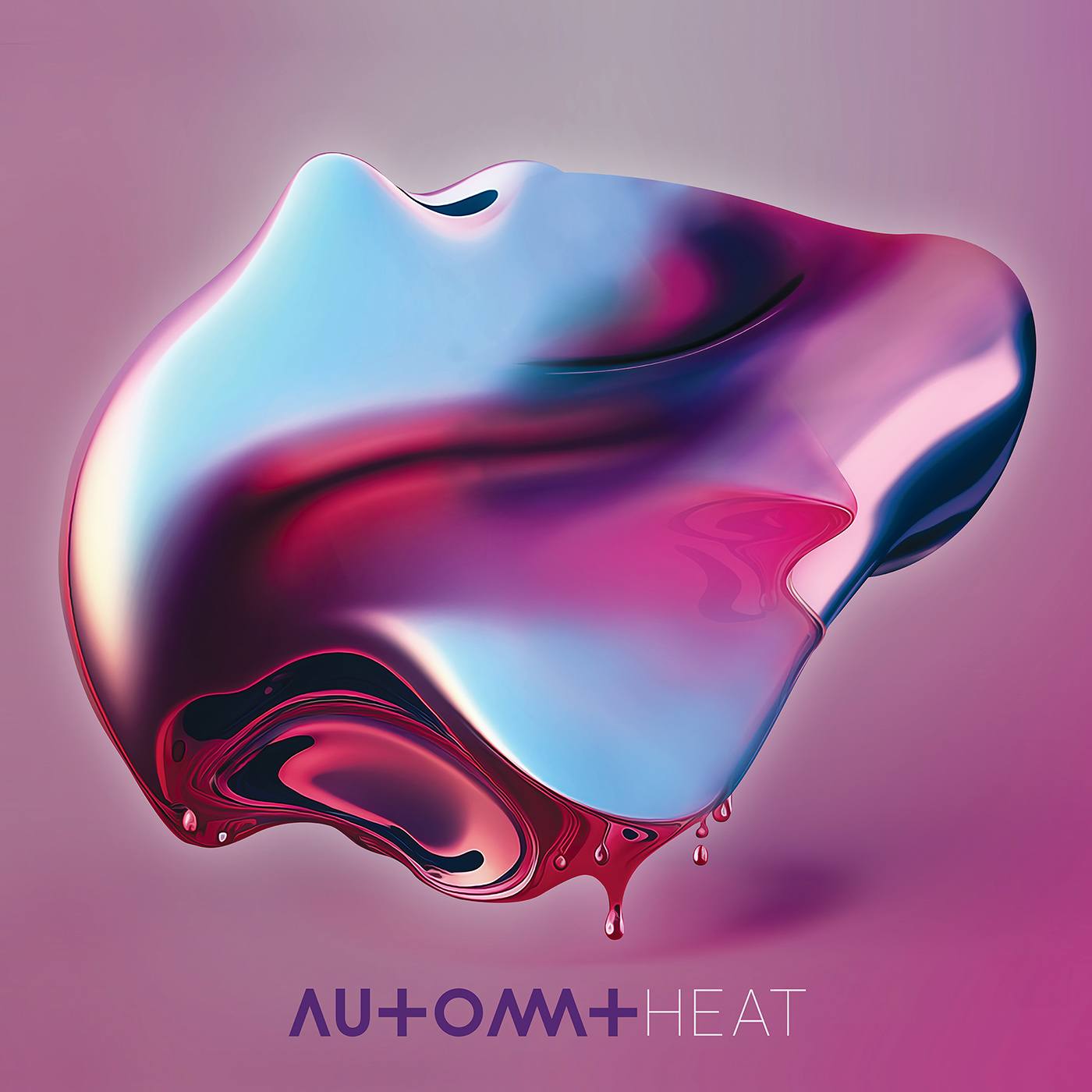


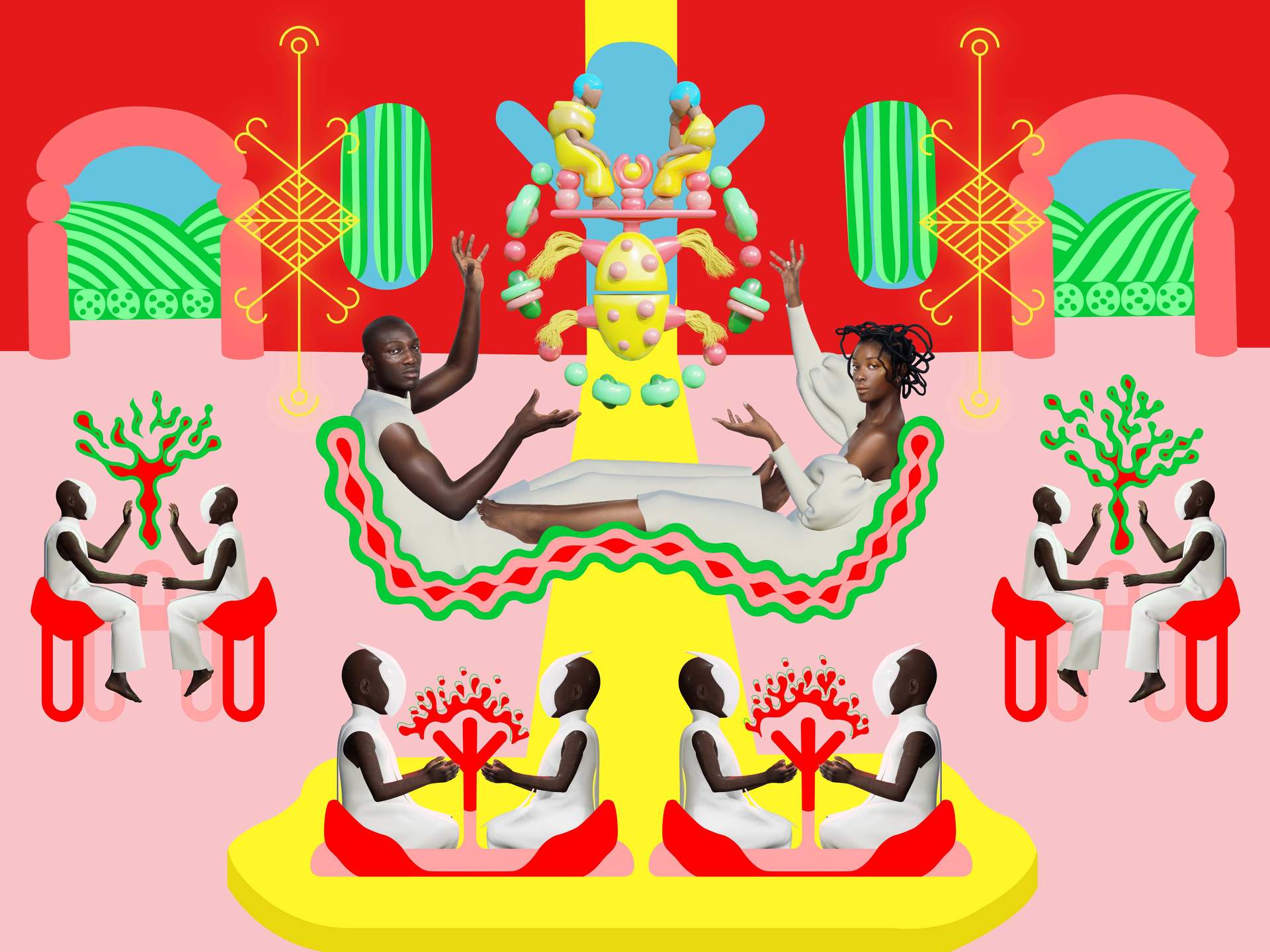

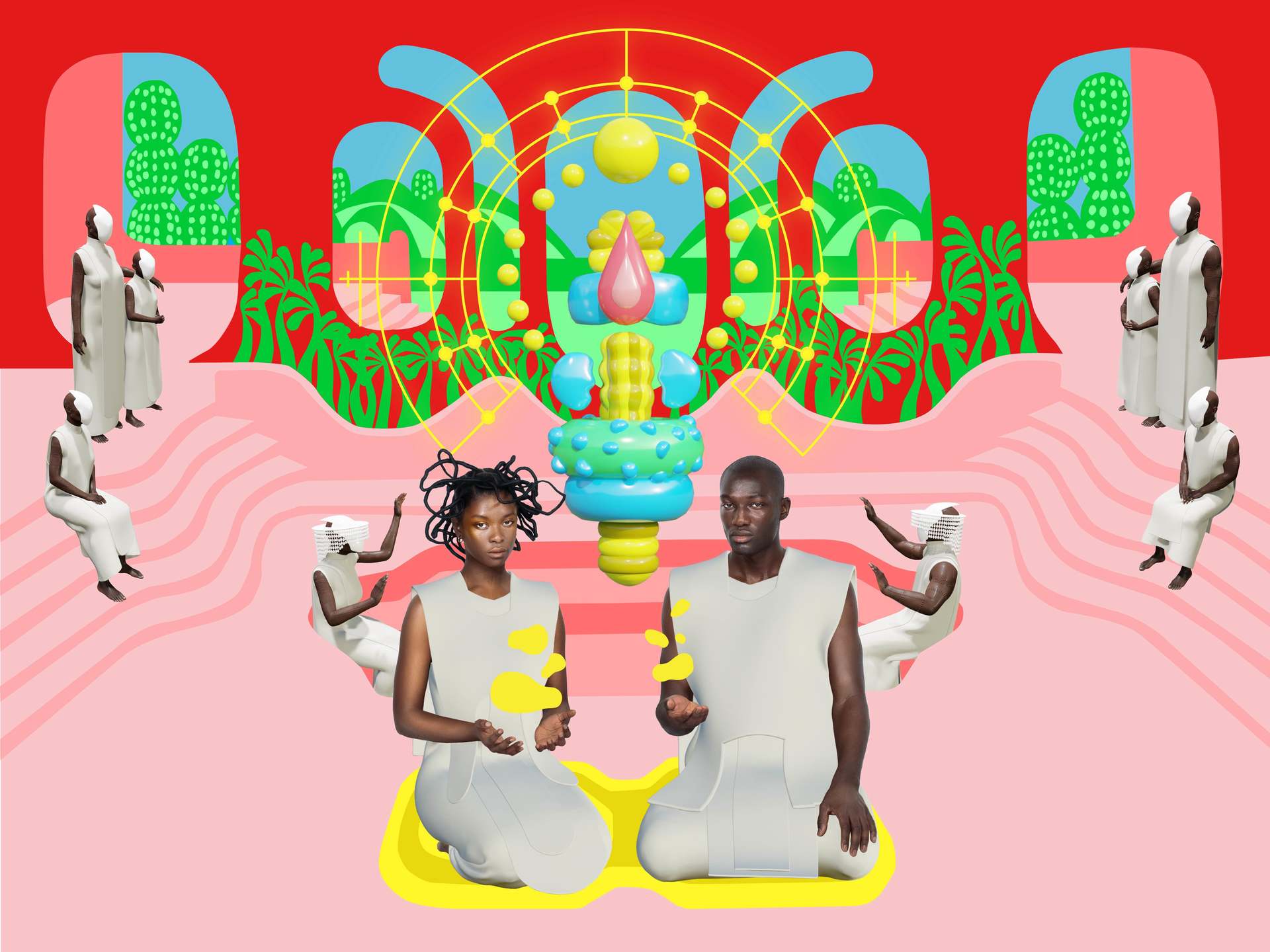


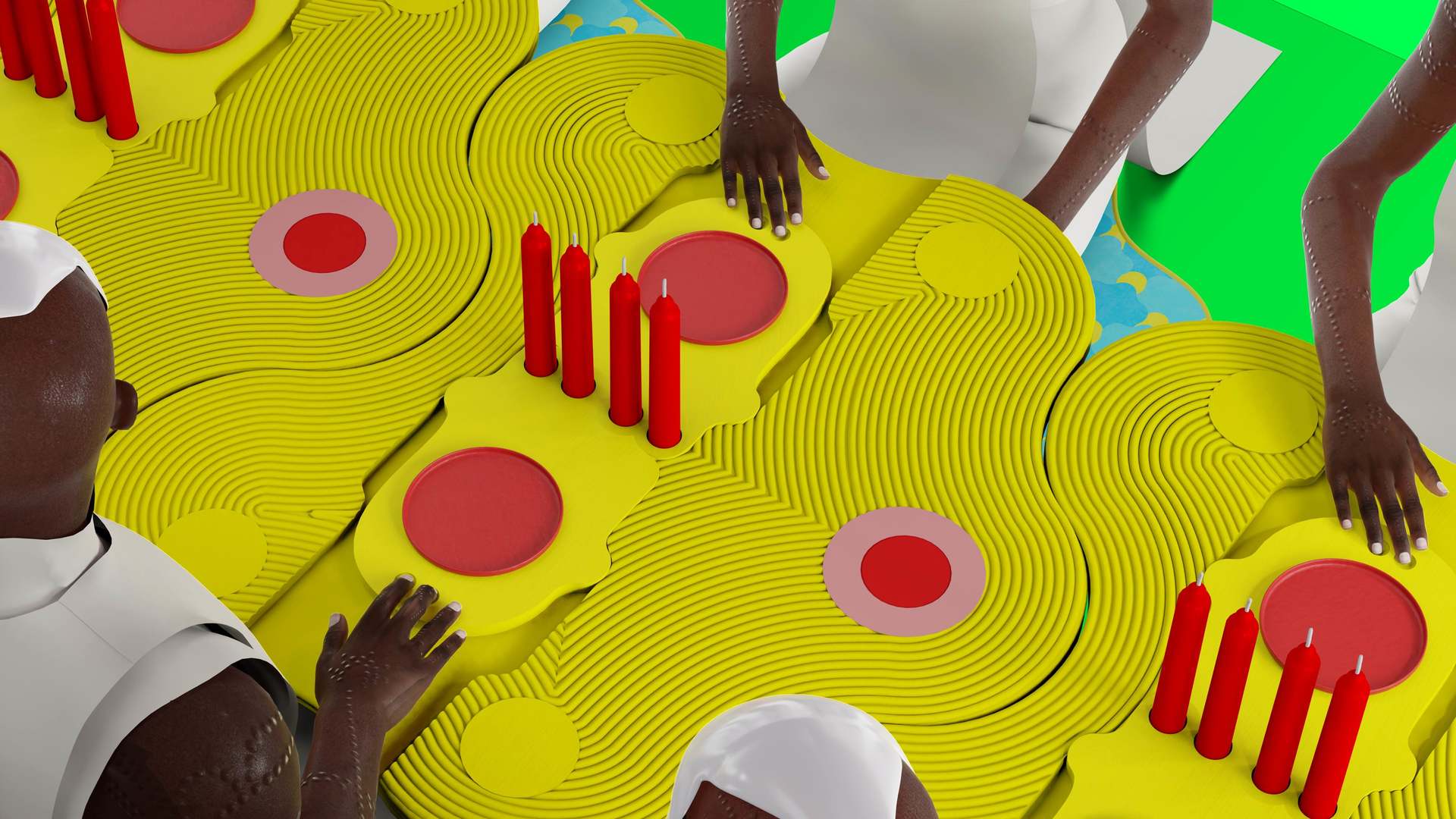
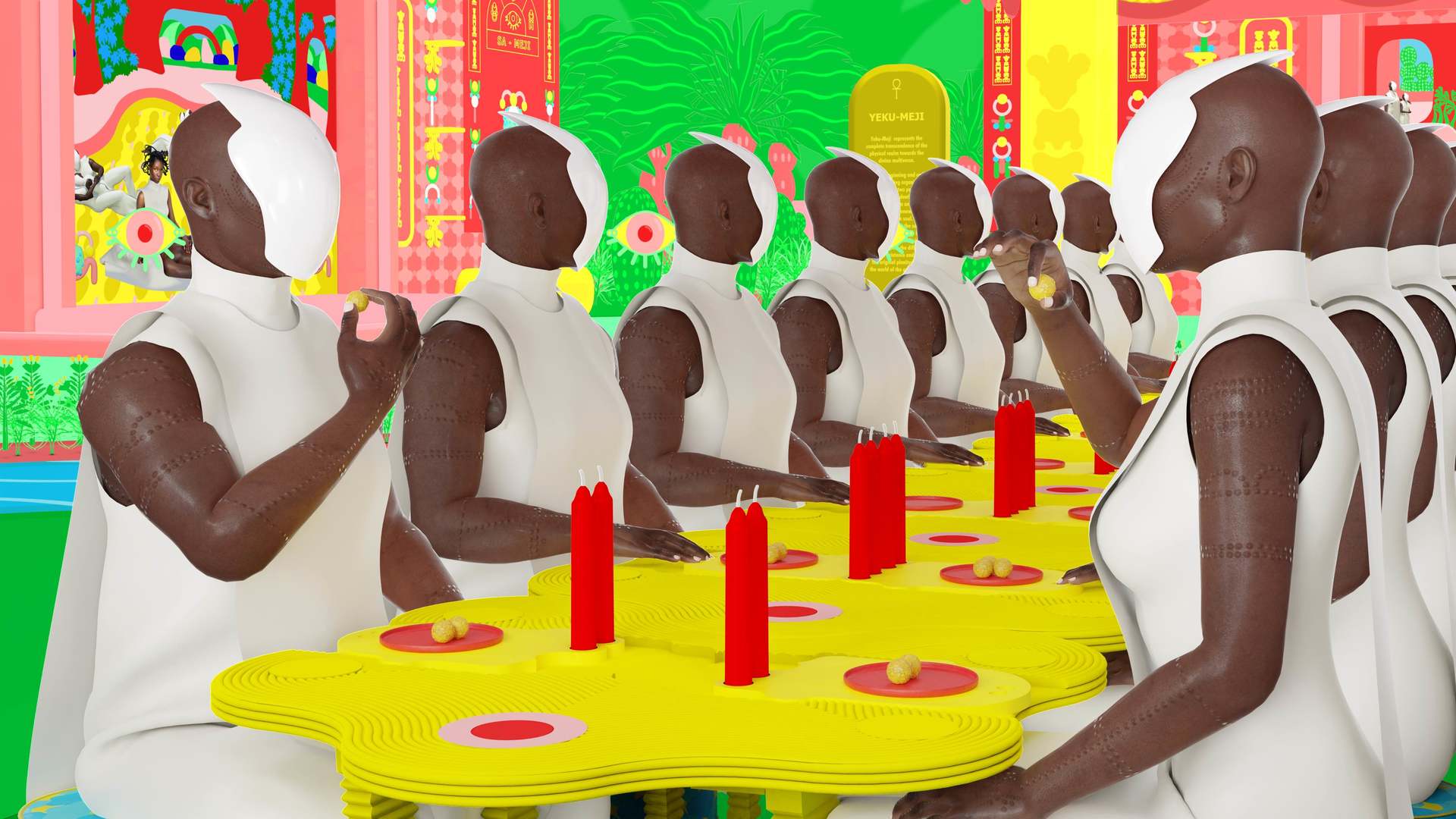

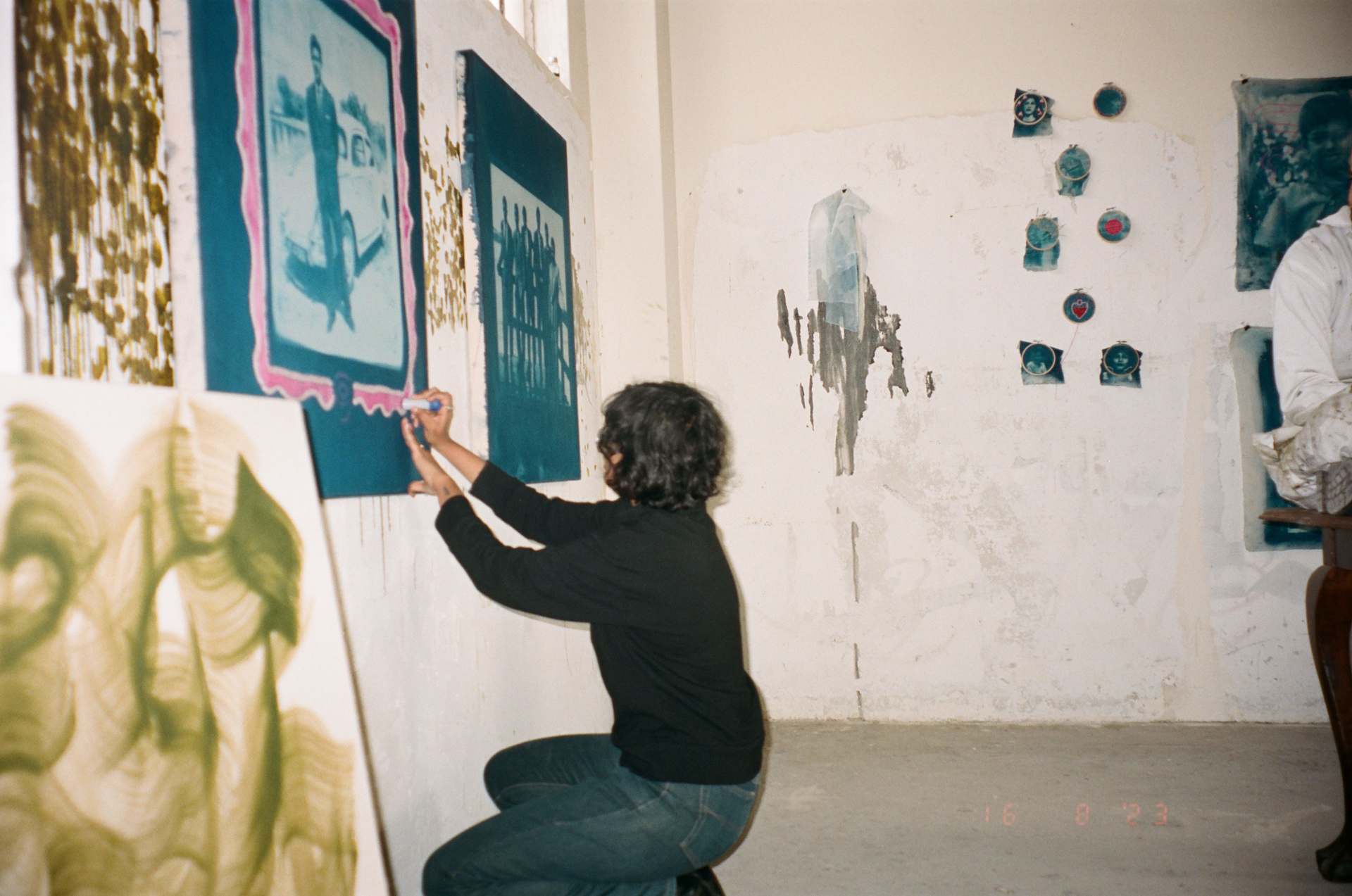

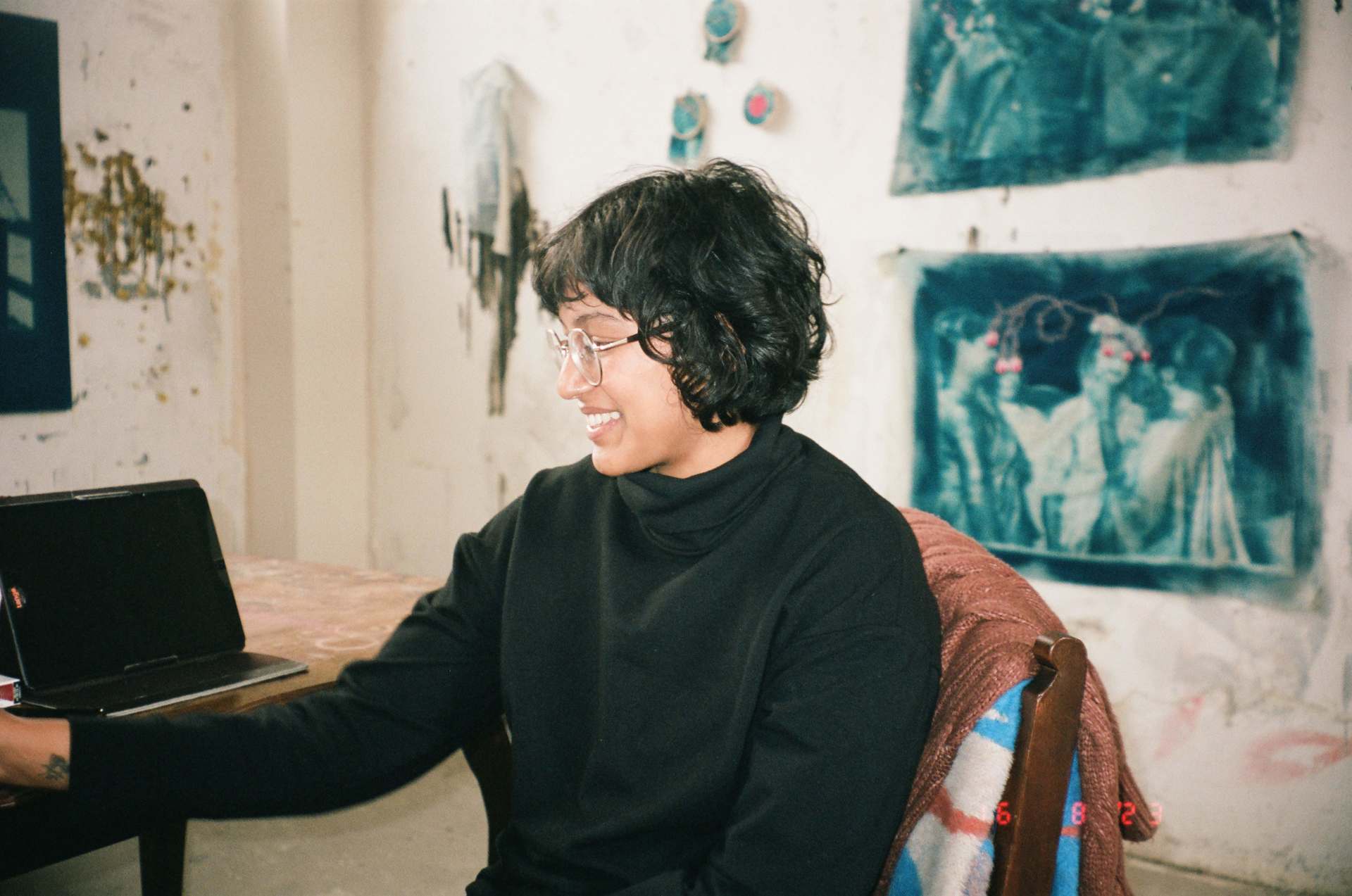


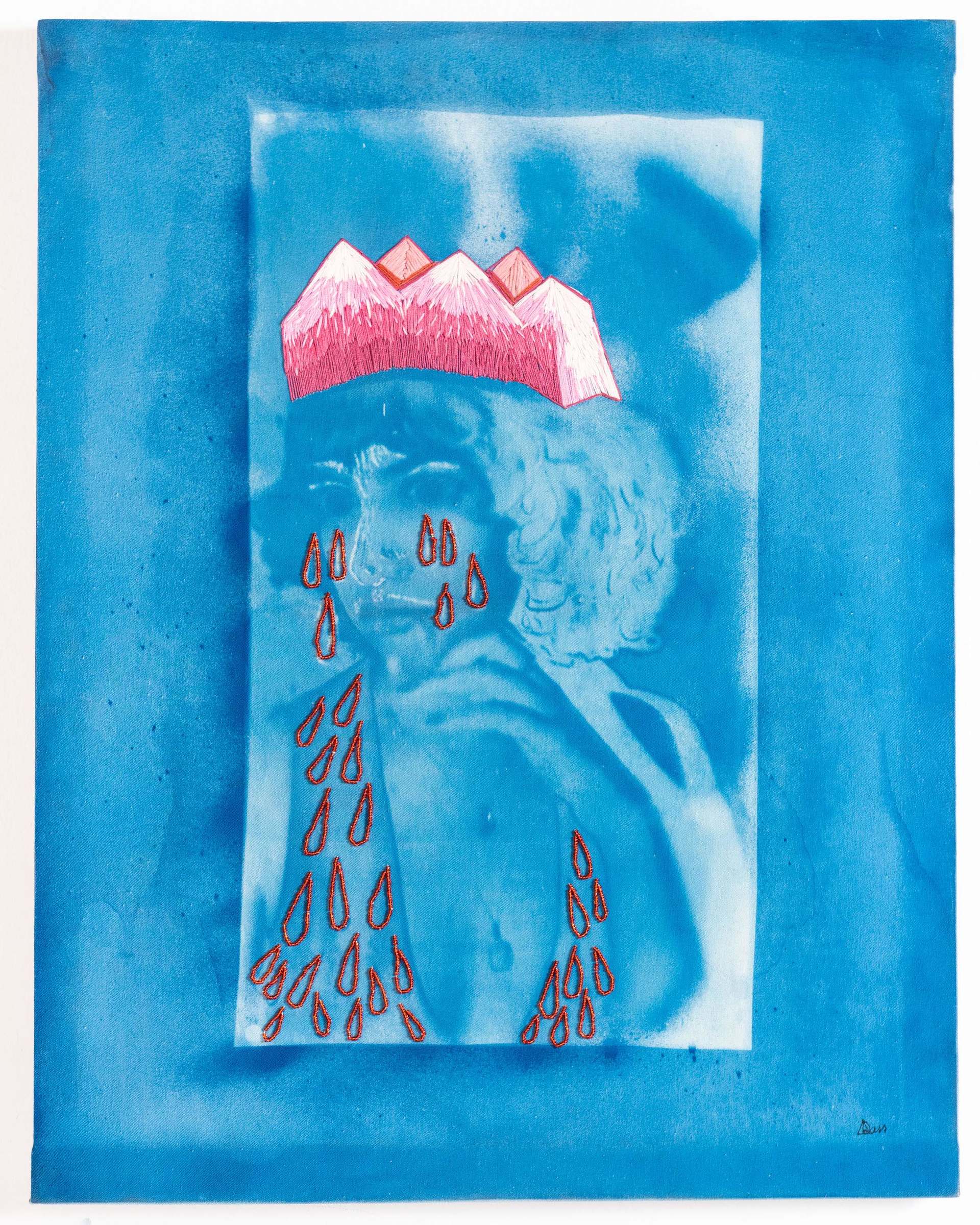
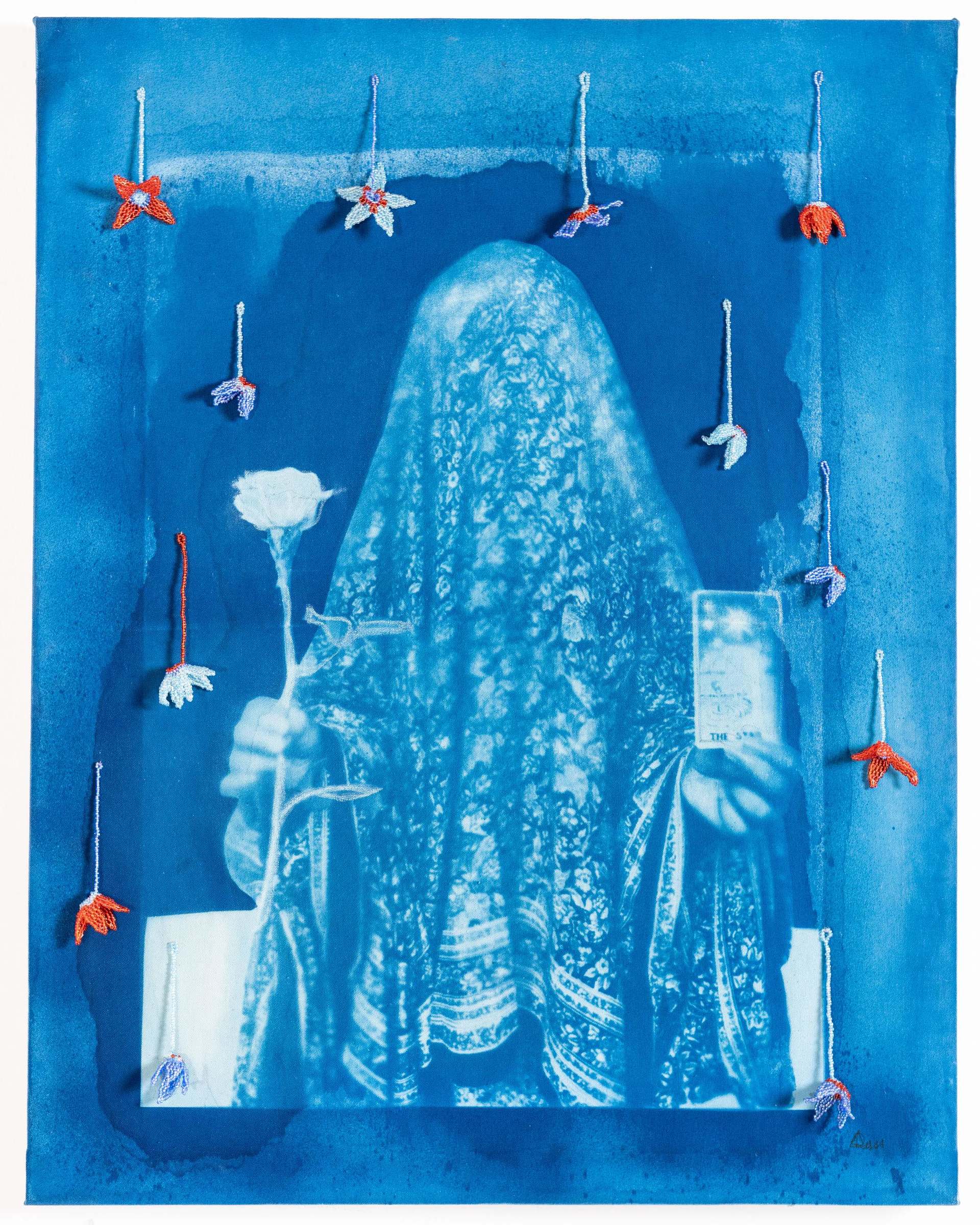
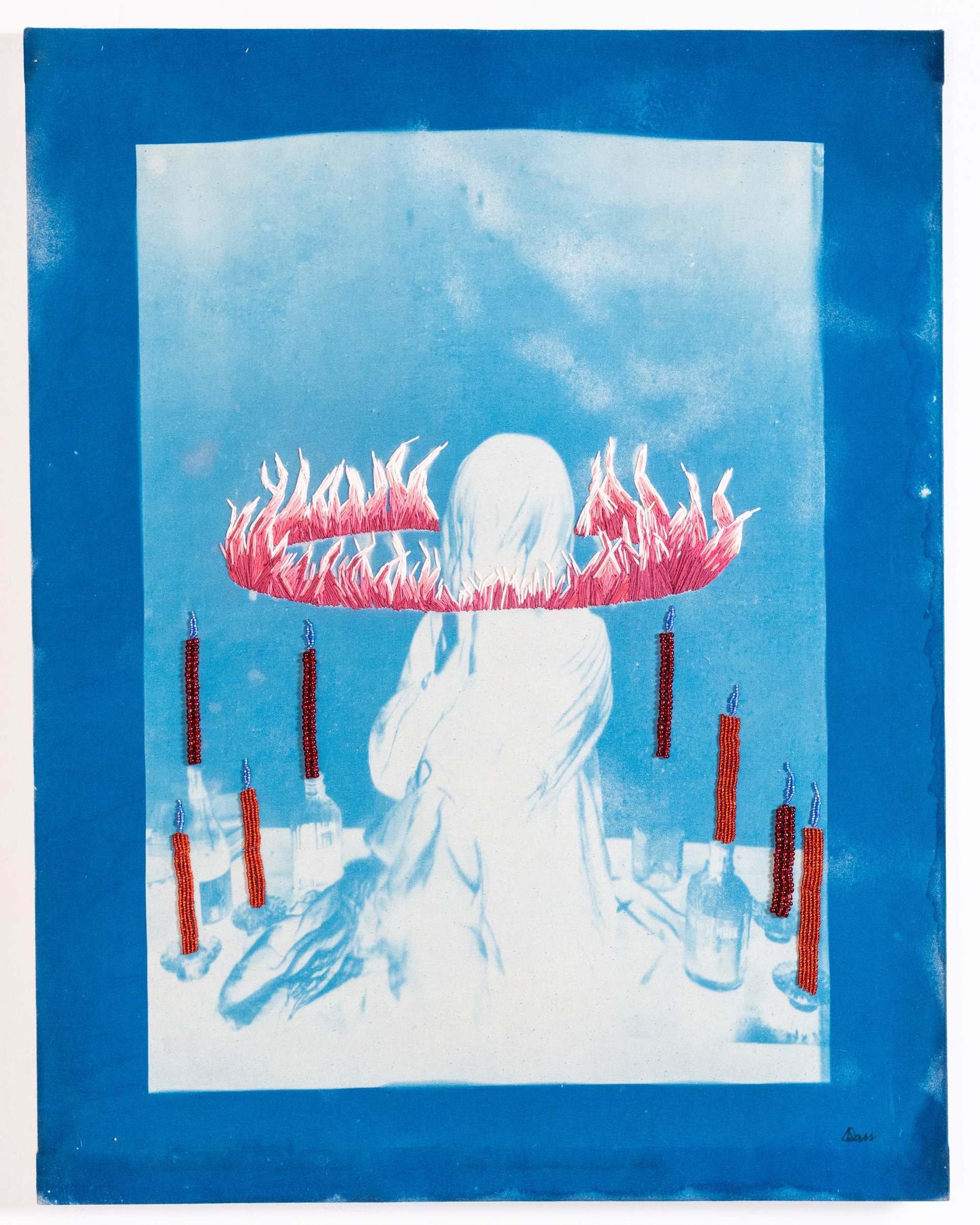
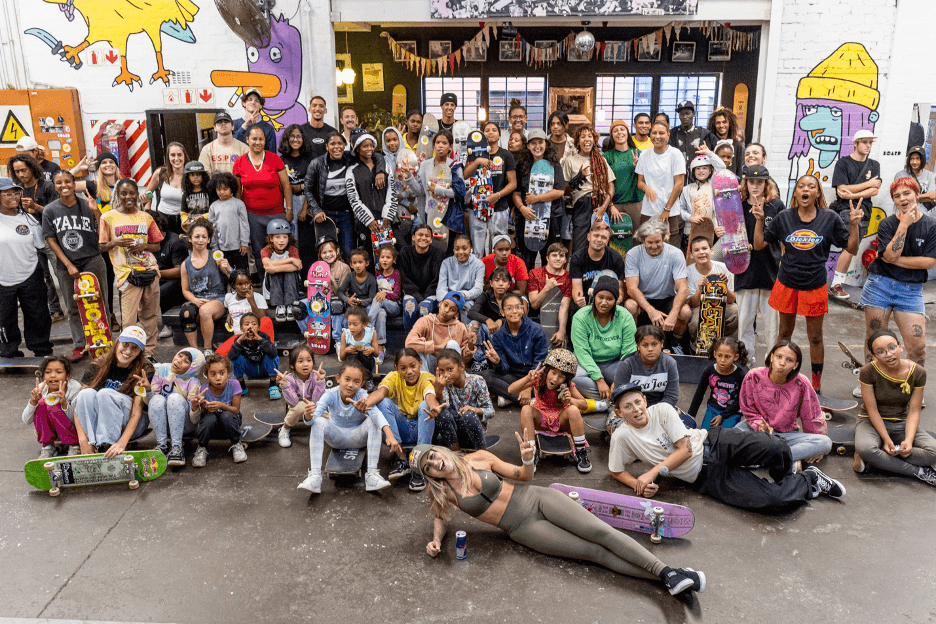
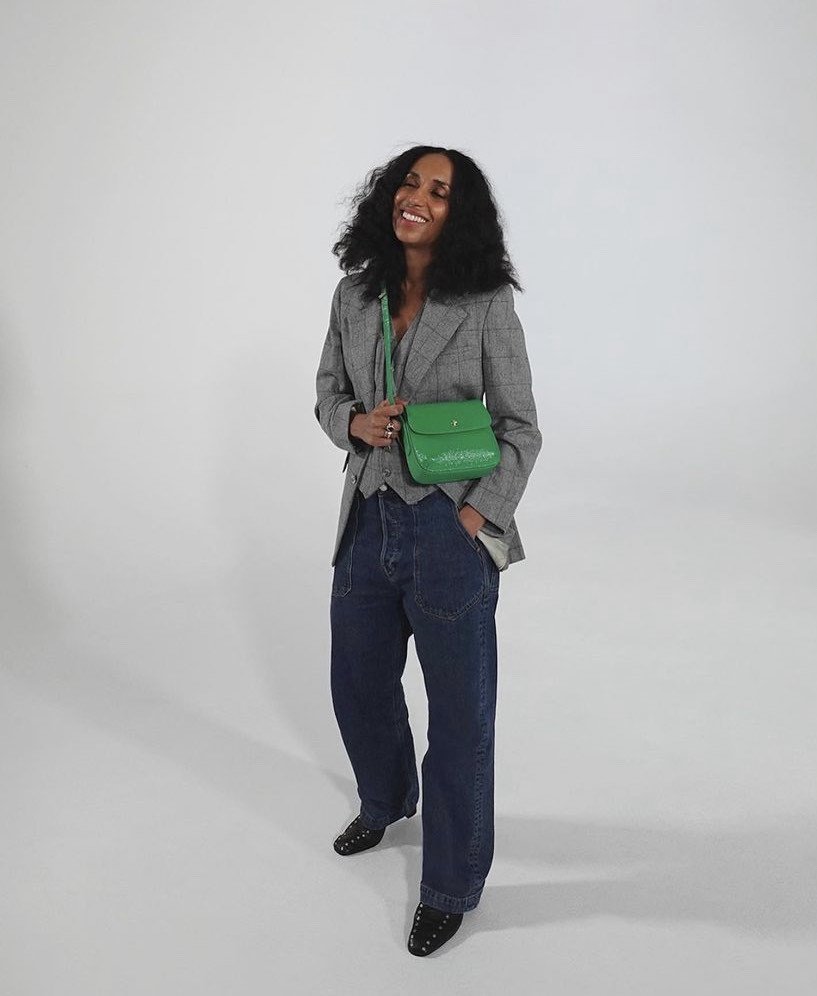
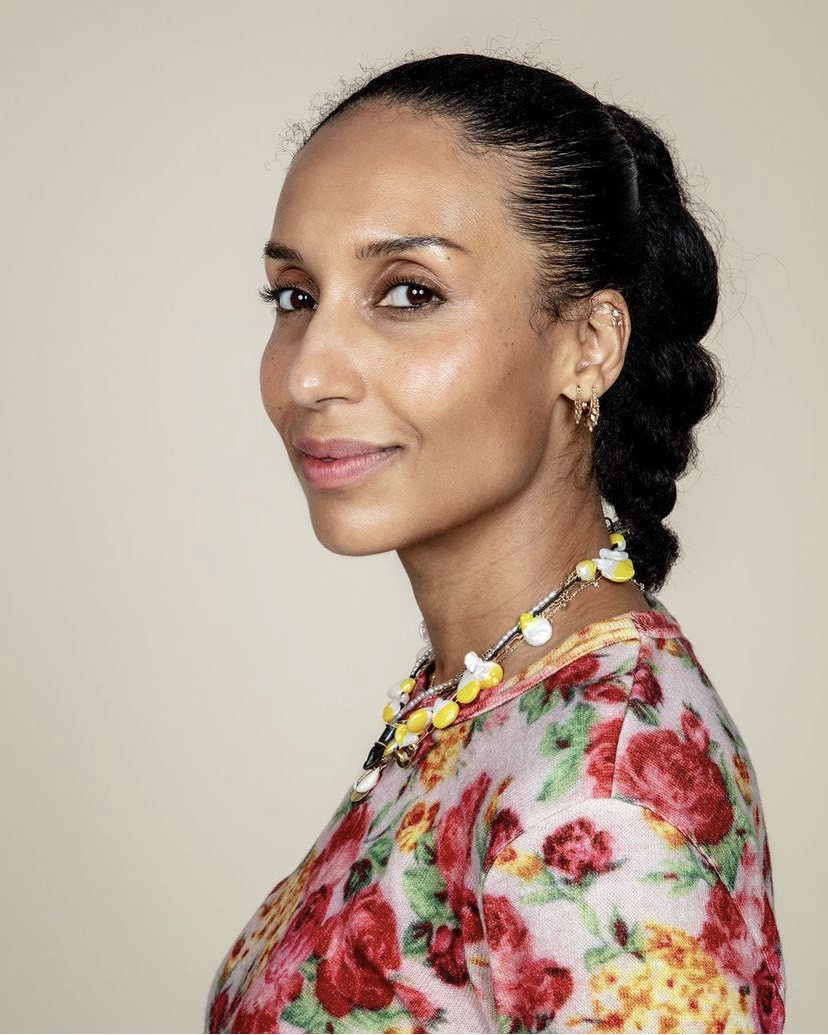

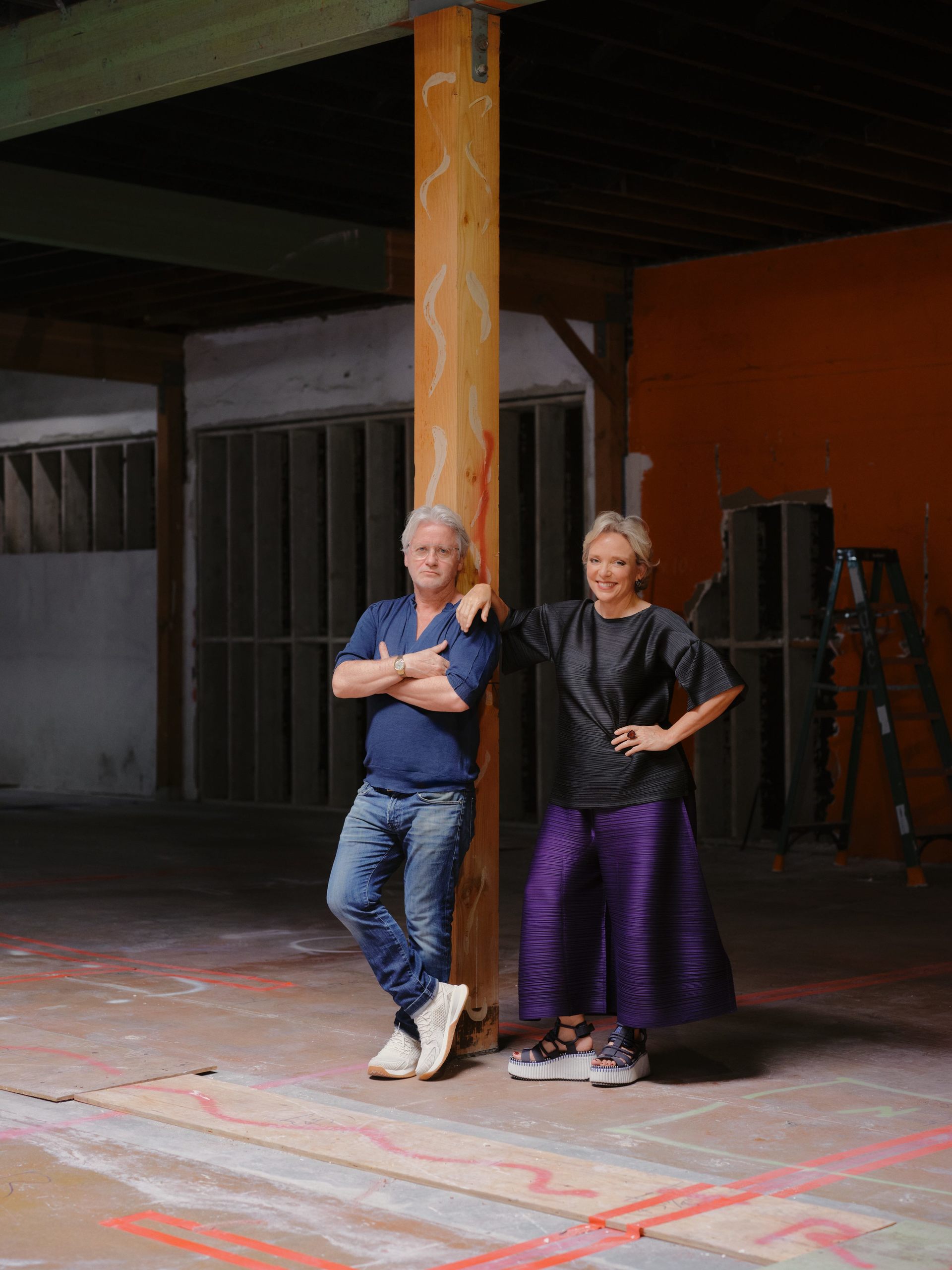
Recent Comments